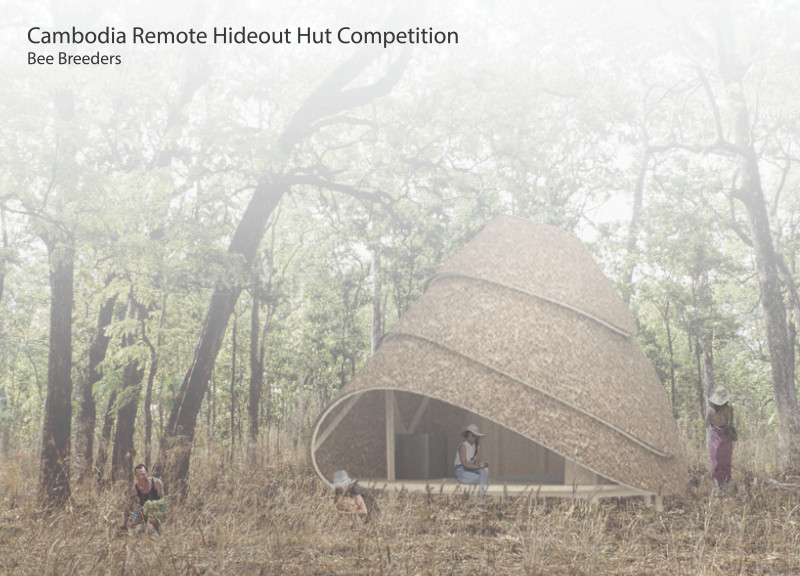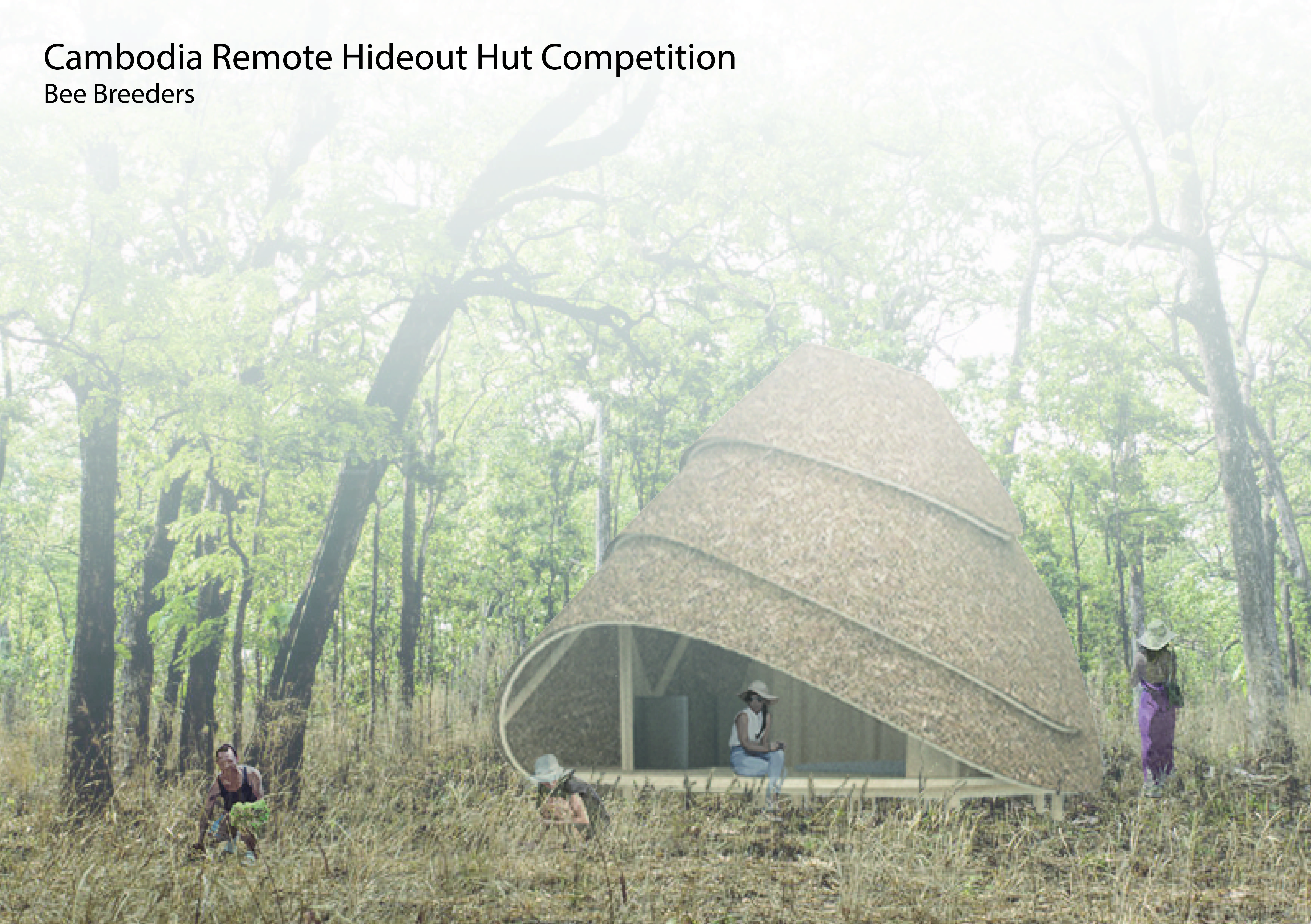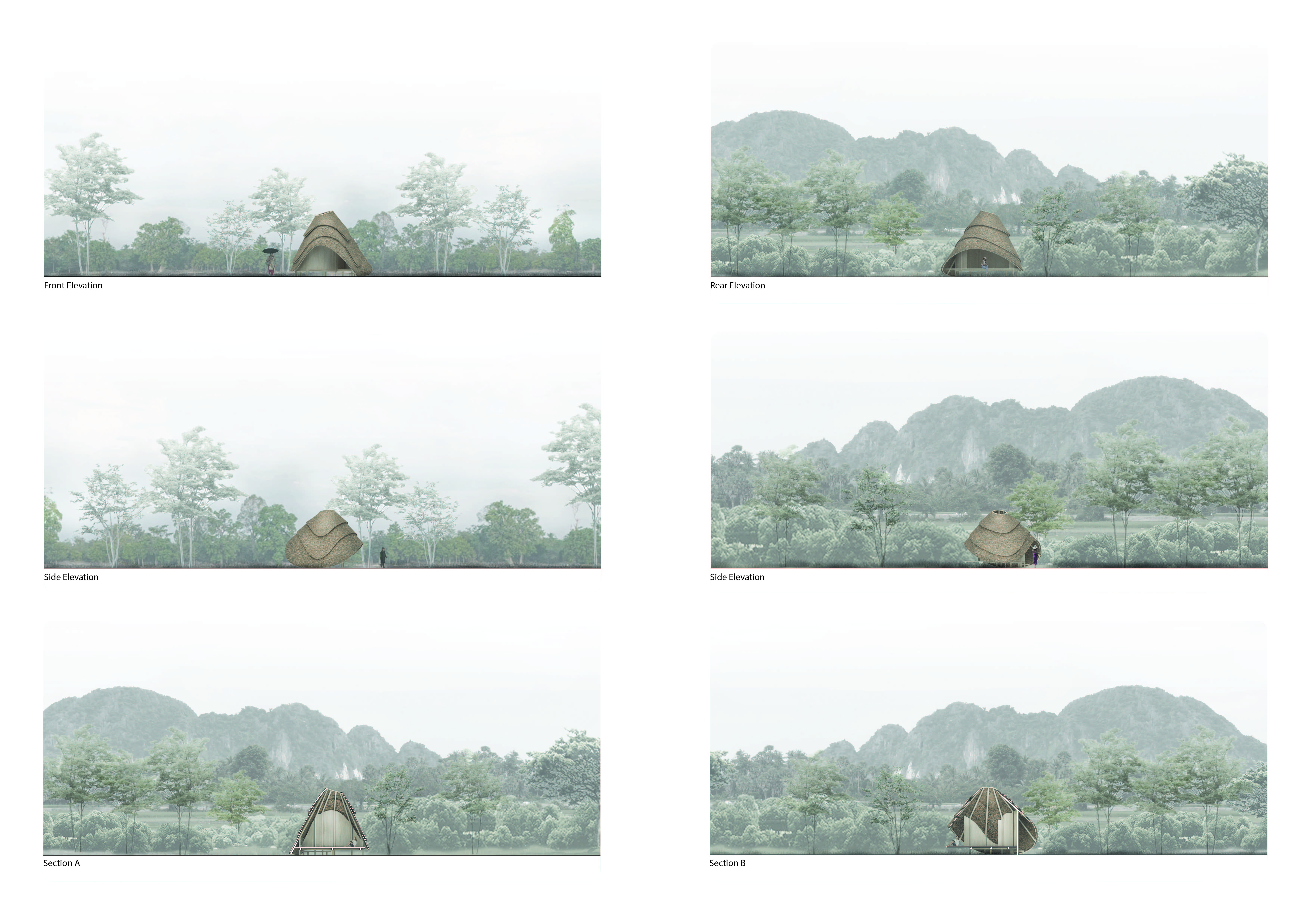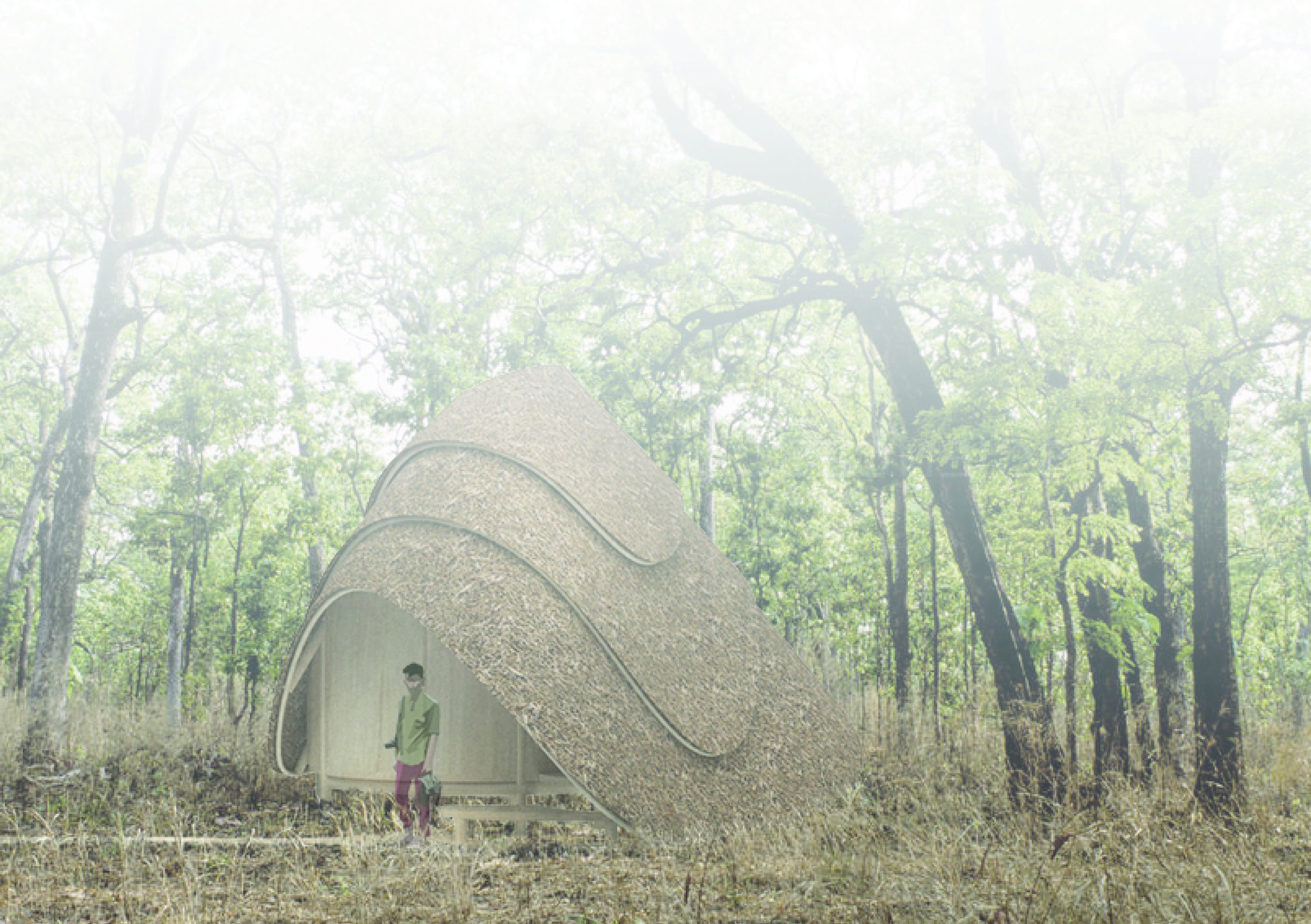5 key facts about this project
The design merges indigenous structures with the needs of modern living, situated within the vibrant cultural context of Cambodia. The approach emphasizes the importance of remembering cultural identity while adapting traditional architectural forms for contemporary habitation. The overall design revolves around creating functional living spaces that resonate with users, encouraging a strong connection to the local environment.
Design Concept
The project highlights the relationship between traditional building practices and the experiences sought by today's individuals. It acknowledges that indigenous architecture holds valuable lessons for contemporary structures, allowing for a thoughtful dialogue between heritage and modernity. By incorporating these techniques, the design aims to offer unique homes that provide comfort and a sense of belonging.
Responsive Form Generation
Using advanced design tools, particularly Grasshopper, the creation of the prototype hut’s form is informed by site-specific conditions. This technology enables the architecture to adapt, responding to various environmental factors. The result is a design that interacts naturally with its surroundings, making each instance unique and responsive to its context.
Functional Layout
The arrangement of spaces addresses essential living needs, with a focus on areas dedicated to food storage and sleeping. The layout encourages flexibility, allowing residents to modify the interior based on their daily activities. This functional aspect enhances the user experience while maintaining an efficient use of space.
Sustainability and Weather Resistance
Strategies for improving weather resistance are key elements in the design, tackling the challenges of the local climate. By incorporating modern construction techniques, the approach ensures comfort while aligning with sustainable principles. This reflects a commitment to both environmental awareness and cultural preservation in building practices.
With a design that combines practicality and cultural significance, the result is an architectural solution that enhances everyday life. The adaptable interior spaces invite interaction and reflection, offering inhabitants a meaningful experience within the hut.






















































